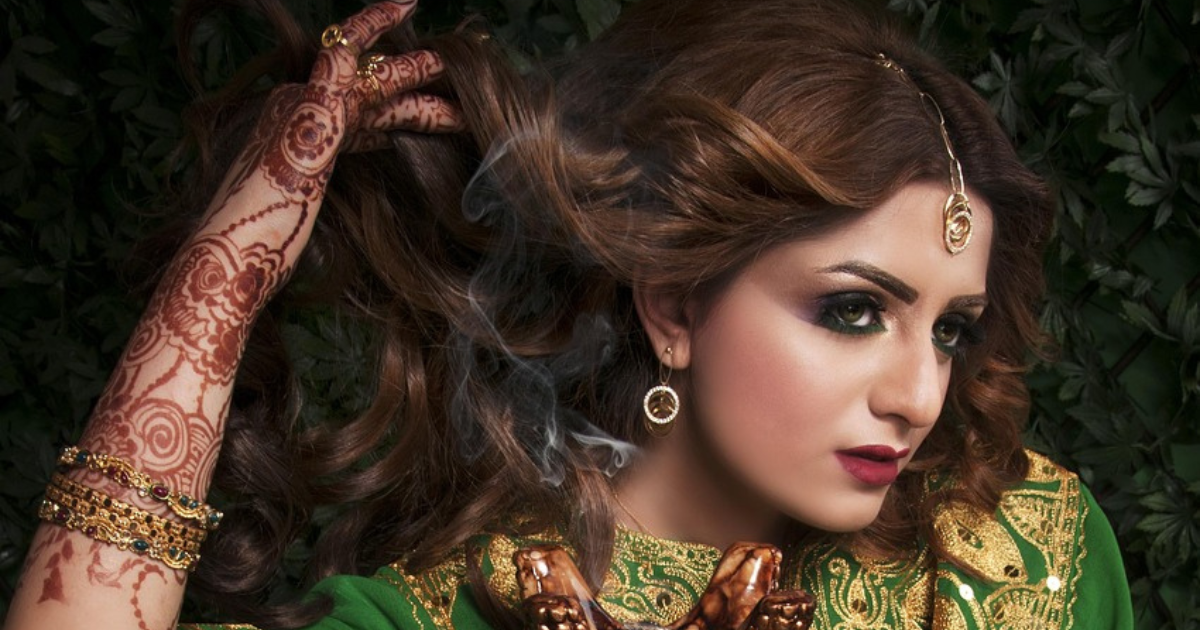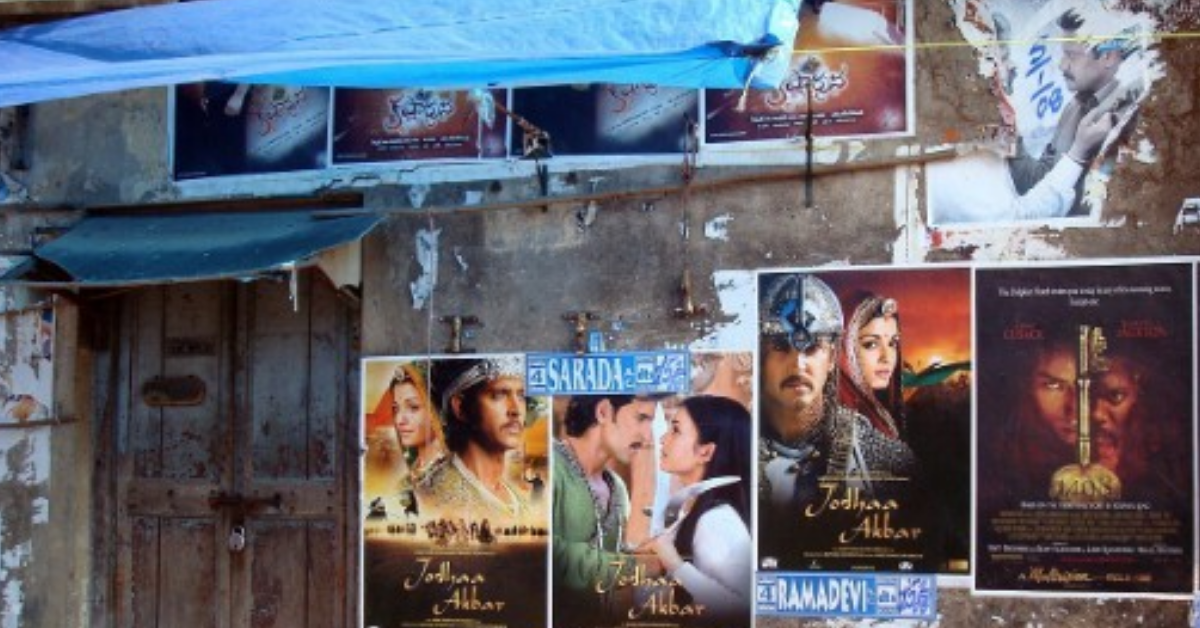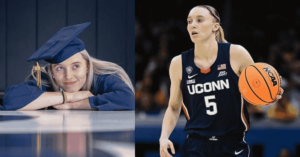the evolution of bollywood fashion a journey through indian cinema –
Introduction
Bollywood, India’s vibrant and influential film industry, has played a significant role in shaping fashion trends both within the country and globally. From the golden era of the 1950s to the contemporary scene, Bollywood’s sartorial choices have mirrored and influenced the broader cultural and social changes in India.
Bollywood Fashion Evolution
Bollywood fashion has undergone a remarkable transformation over the decades. The journey began in the 1950s, where the industry’s style was heavily influenced by traditional Indian attire. Actresses like Nargis and Madhubala were seen in elegant sarees and salwar kameez, reflecting the cultural ethos of the time. The 1960s and 1970s brought about a shift with the influence of Western fashion. Films like “Teesri Manzil” and “Bobby” showcased actresses in bell-bottoms, mini skirts, and stylish gowns, setting new fashion trends among the youth.
Rekha, one of the era’s fashion icons, epitomized this trend with her glamorous sarees and heavy jewelry.
In the 2000s, Bollywood fashion became more global, with designers like Manish Malhotra and Sabyasachi Mukherjee gaining prominence. Films like “Kabhi Khushi Kabhie Gham” and “Devdas” showcased opulent costumes that blended traditional and contemporary styles.

Fantastical Costumes in Indian Cinema
Indian cinema, particularly Bollywood, has a rich tradition of fantastical costumes that enhance the narrative and visual appeal of films. These costumes often draw inspiration from Indian mythology, folklore, and history, creating a visually immersive experience for the audience. Films like “Baahubali” and “Padmaavat” are prime examples of this trend, with their elaborate costumes and attention to detail.
Bollywood musicals and fantasy films also showcase extravagant costumes. For instance, Sanjay Leela Bhansali’s “Saawariya” featured whimsical and dreamy costumes that added to the film’s fairy-tale ambiance.

Iconic Bollywood Costumes
Bollywood has given us numerous iconic costumes that have left an indelible mark on fashion history. One of the most memorable is the yellow saree worn by Sridevi in “Mr. India.” This simple yet elegant attire became a fashion sensation and is still remembered for its timeless appeal.
Madhuri Dixit’s green saree in “Hum Aapke Hain Koun” is another iconic costume that became a trendsetter. The saree, designed by Neeta Lulla, epitomized the 1990s Bollywood fashion with its vibrant color and intricate embroidery.
Read also – https://palpalnewspro.com/beauty-hacks-for-a-quick-morning-routine/
Deepika Padukone’s regal attire in “Padmaavat” is a more recent example of an iconic Bollywood costume. The elaborate lehengas and jewelry designed by Rimple and Harpreet Narula showcased the opulence and grandeur of traditional Indian fashion.
Bollywood and Western Fashion Trends
The 1960s and 1970s saw a significant Western influence, with actresses like Zeenat Aman and Parveen Babi sporting mini skirts, bell-bottoms, and bold prints. This era marked the beginning of Bollywood’s flirtation with Western fashion, a trend that has continued to evolve.
In recent years, Bollywood celebrities have embraced Western designers and styles, often seen wearing outfits from international fashion houses on the red carpet. At the same time, they have also promoted Indian designers on global platforms, creating a fusion of Eastern and Western fashion that is unique to Bollywood

Helen’s Influence on Bollywood Style
Helen, the original dancing diva of Bollywood, had a significant impact on the industry’s fashion. Known for her cabaret numbers and bold fashion choices, Helen brought a sense of glamour and sophistication to Bollywood in the 1960s and 1970s.
Helen’s influence extended beyond her dance numbers. She popularized the concept of the item girl, a trend that continues to this day in Bollywood. Her style was a mix of Western glamour and Indian sensibility, creating a unique fashion statement that inspired many actresses who followed in her footsteps.
Zeenat Aman Costume Analysis
Zeenat Aman, one of Bollywood’s most stylish actresses, was known for her bold fashion choices. Her costumes in films like “Hare Rama Hare Krishna” and “Yaadon Ki Baaraat” set new fashion trends in the 1970s. Zeenat’s style was characterized by its Western influence, featuring mini skirts, bell-bottoms, and chic accessories.
In “Satyam Shivam Sundaram,” Zeenat’s costume became a topic of much discussion. The film’s revealing outfits were controversial at the time but highlighted her confidence and bold persona. Zeenat Aman’s fashion choices were a reflection of the changing social norms and the growing influence of Western culture in India.
Bollywood’s Role in Fashion Commercialization
Bollywood has played a crucial role in the commercialization of fashion in India. The industry’s influence extends beyond the screen, with Bollywood celebrities often serving as brand ambassadors for fashion labels. Films have become a powerful medium for fashion designers to showcase their creations, leading to collaborations that drive fashion trends.
Read also – https://palpalnewspro.com/leon-marchand-the-rising-star-dominating-the-swimming-world/
The advent of Bollywood-themed fashion shows and events has further cemented the industry’s role in fashion commercialization. Designers like Manish Malhotra and Sabyasachi Mukherjee have built their brands around Bollywood, using films as a platform to reach a wider audience.
Rekha’s 1980s Fashion
Rekha, the epitome of elegance and glamour in Bollywood, was a fashion icon of the 1980s. Her style was characterized by its opulence and sophistication, with a strong emphasis on traditional Indian attire. Rekha’s love for Kanjeevaram sarees, heavy jewelry, and bold makeup became her signature look.
In films like “Umrao Jaan,” Rekha’s costumes were a reflection of her character’s regal and ethereal persona. Her fashion choices off-screen were equally influential, making her a style icon for generations to come. Rekha’s 1980s fashion continues to inspire designers and fashion enthusiasts, showcasing the timeless appeal of traditional Indian fashion.
Manish Malhotra Bollywood Costumes
Manish Malhotra is one of Bollywood’s most celebrated designers, known for his glamorous and opulent costumes. His journey in Bollywood began in the 1990s, with films like “Rangeela” and “Dil To Pagal Hai.” Manish’s designs are characterized by their intricate embroidery, luxurious fabrics, and contemporary silhouettes.
Watch this video – https://youtu.be/6SgCylpSGQM?feature=shared
In “Kabhi Khushi Kabhie Gham,” Manish Malhotra’s costumes became a major talking point, with the film’s opulent outfits setting new fashion trends. His ability to blend traditional Indian aesthetics with modern sensibilities has made him a favorite among Bollywood celebrities.

Bollywood Impact on Global Fashion
Bollywood’s influence on global fashion cannot be overstated. The industry’s vibrant and eclectic fashion choices have caught the attention of international designers and fashion enthusiasts. Bollywood celebrities often grace global red carpets, showcasing Indian designers and promoting Indian fashion on a global stage.
The growing popularity of Bollywood films abroad has also contributed to this trend. International audiences are increasingly drawn to the unique fashion showcased in Bollywood films, leading to a greater appreciation and demand for Indian fashion. Designers like Sabyasachi Mukherjee and Manish Malhotra have gained international acclaim, further cementing Bollywood’s impact on global fashion.
Impact of Cinema on Women’s Fashion
Bollywood has had a profound impact on women’s fashion in India. The industry’s portrayal of women and their fashion choices have often mirrored and influenced societal norms. In the 1950s and 1960s, Bollywood actresses like Nargis and Meena Kumari popularized traditional attire like sarees and salwar kameez, reflecting the cultural values of the time.
The 1970s and 1980s saw a shift towards more Westernized fashion, with actresses like Zeenat Aman and Parveen Babi sporting mini skirts, bell-bottoms, and bold prints. This trend continued into the 1990s and 2000s, with Bollywood actresses embracing designer fashion and setting new trends.
Today, Bollywood’s influence on women’s fashion is more diverse and inclusive. Actresses like Deepika Padukone, Alia Bhatt, and Anushka Sharma are known for their eclectic fashion choices, blending traditional and contemporary styles.
Bollywood Style Trends
Bollywood has always been at the forefront of setting fashion trends. From the elegant sarees of the 1950s to the bold and eclectic styles of today, Bollywood’s fashion trends have evolved with the times. Some of the most notable trends include the bell-bottoms and mini skirts of the 1970s, the vibrant and glamorous sare
FAQs
1. How has Bollywood fashion evolved over the decades?
Bollywood fashion has evolved from traditional Indian attire in the 1950s to a fusion of Indian and Western styles today. The industry has gone through various phases, including the bold and colorful looks of the 1980s, the designer-centric trends of the 1990s, and the global fashion influence in the 2000s and beyond.
2. What are some examples of fantastical costumes in Indian cinema?
Fantastical costumes in Indian cinema are often seen in films with mythological, historical, or fantasy themes. Examples include the elaborate costumes in “Baahubali” and “Padmaavat,” as well as the whimsical outfits in Sanjay Leela Bhansali’s “Saawariya.”
3. What are some iconic Bollywood costumes that have influenced fashion?
Iconic Bollywood costumes include Sridevi’s yellow saree in “Mr. India,” Madhuri Dixit’s green saree in “Hum Aapke Hain Koun,” and Deepika Padukone’s regal attire in “Padmaavat.”
4. How has Bollywood blended Indian and Western fashion trends?
Bollywood has blended Indian and Western fashion trends by incorporating Western silhouettes, prints, and styles into traditional Indian attire. Actresses like Zeenat Aman in the 1970s and contemporary stars often wear a mix of Western designer outfits and Indian fashion, creating a unique fusion.
5. What was Helen’s influence on Bollywood style?
Helen, known for her cabaret performances and bold fashion choices, brought glamour and sophistication to Bollywood in the 1960s and 1970s. Her costumes featured sequins, feathers, and daring silhouettes, influencing the concept of the item girl and setting fashion trends that were ahead of their time.
6. Can you analyze Zeenat Aman’s costumes and their impact?
Zeenat Aman’s costumes in films like “Hare Rama Hare Krishna” and “Yaadon Ki Baaraat” set new fashion trends in the 1970s. Her Western-influenced style, featuring mini skirts, bell-bottoms, and chic accessories, reflected changing social norms and the growing influence of Western culture in India.


